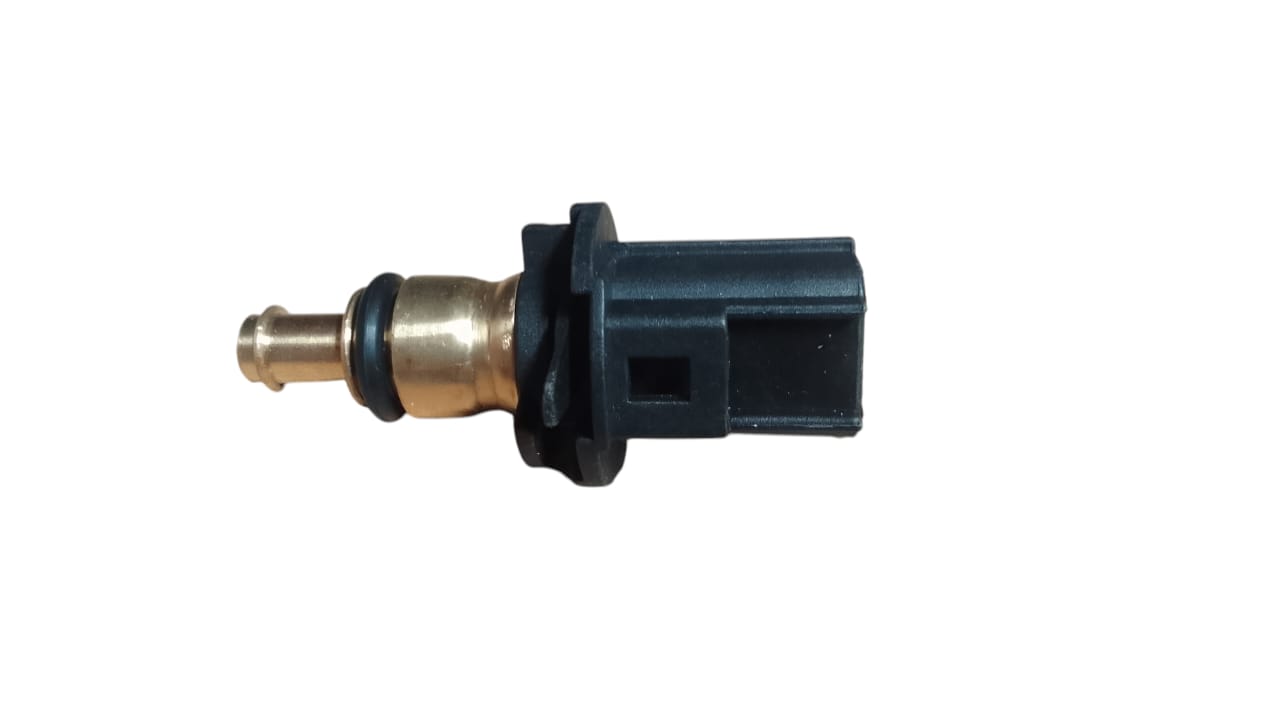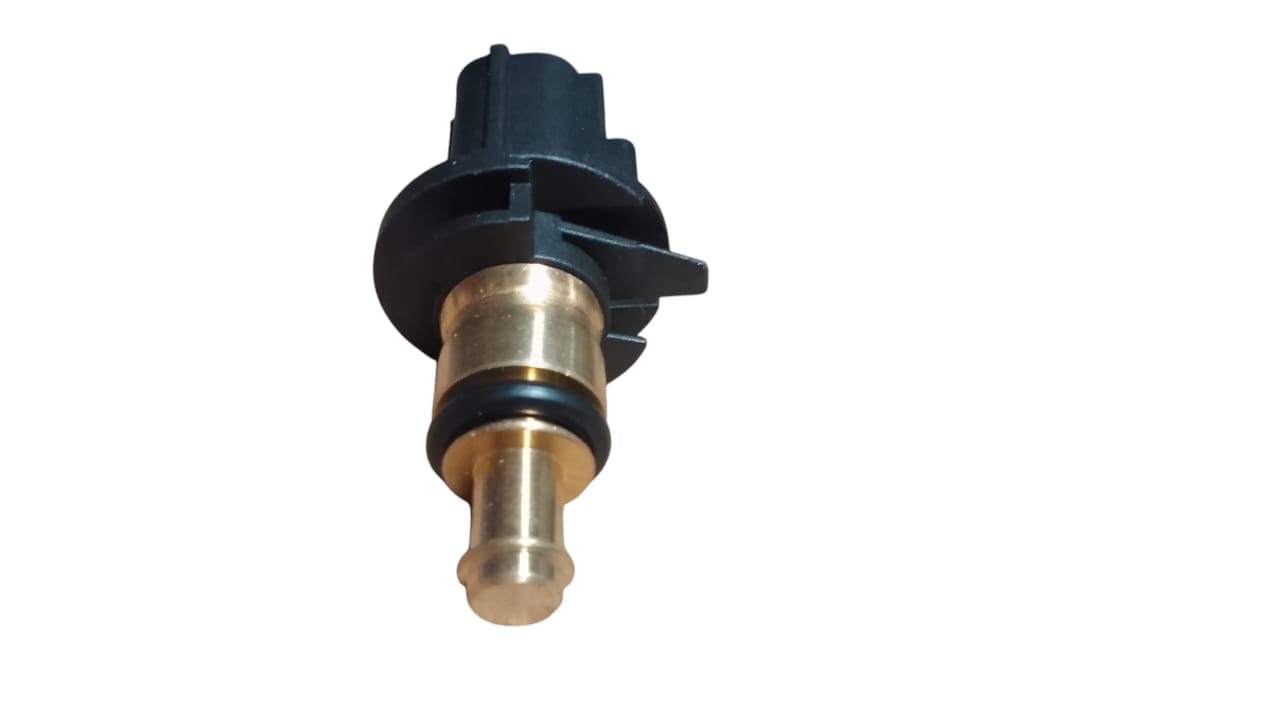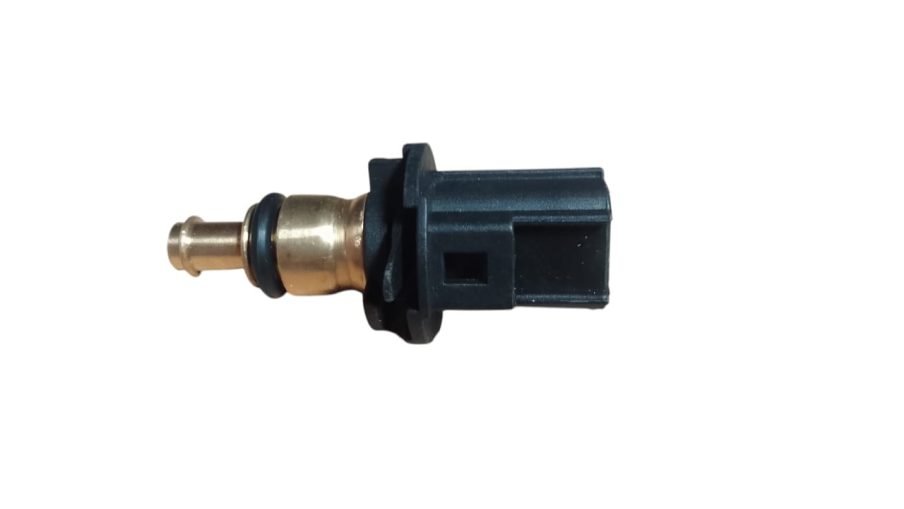


Overview
The coolant temperature sensor in the Dodge Caliber plays a vital role in engine management and performance. Often referred to as the Engine Coolant Temperature (ECT) sensor, this component monitors the temperature of the engine’s coolant and sends this data to the engine control unit (ECU). Based on this information, the ECU adjusts various engine parameters such as fuel injection timing, ignition timing, and idling speed, ensuring the engine runs efficiently under different operating conditions.
Location and Function
In the Dodge Caliber, the coolant temperature sensor is typically located near the thermostat housing, on the engine block or cylinder head. It is usually threaded into a coolant passage so it can be in direct contact with the coolant.
As the engine heats up, the sensor detects changes in temperature by measuring the resistance in its thermistor (a type of resistor that changes resistance with temperature). When the coolant is cold, resistance is high; as it heats up, resistance drops. This change in resistance is translated into temperature readings, which the ECU uses for precise engine control.
Importance in Engine Performance
The sensor’s data helps manage several key engine functions, including:
- Fuel Mixture Adjustment: Cold engines require a richer air-fuel mixture. The sensor ensures proper adjustments.
- Idle Speed Control: Helps in maintaining a stable idle when the engine is warming up.
- Radiator Fan Activation: Triggers the cooling fan when necessary to prevent overheating.
- Emission Control: Ensures that the engine operates within optimal temperature ranges, reducing emissions.
Symptoms of a Failing Coolant Temperature Sensor
A faulty coolant temperature sensor can lead to a range of issues, such as:
- Poor fuel economy
- Check Engine Light (CEL) illumination
- Engine overheating or running too cold
- Hard starting, especially when cold
- Irregular temperature gauge readings
Replacement and Maintenance
Replacing a faulty coolant temperature sensor in a Dodge Caliber is generally a straightforward task. It involves:
- Locating the sensor on the engine
- Draining some coolant to avoid spills
- Disconnecting the electrical connector
- Unscrewing and replacing the sensor
- Reconnecting the connector and refilling coolant
Regular inspection and timely replacement of this sensor can help maintain engine health and avoid costly repairs.

